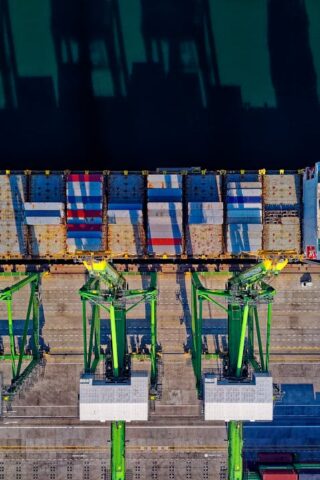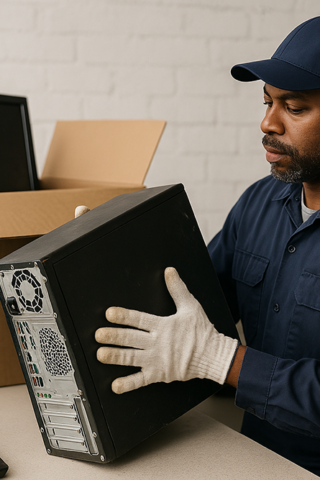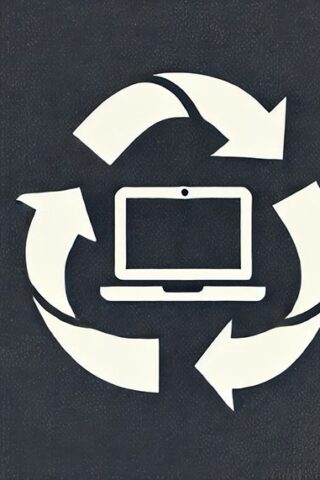Financial Express, Vaishali Dar, April 18, 2021 12:47 AM
Electronic waste is now the fastest-growing waste stream in the world, pointing to the urgent need to create a sustainable industry that generates less waste
As per the UN, more than 50 million tonnes of electronic waste was discarded in 2019, with the vast majority ending up in landfills and on scrap heaps. That’s not all. The World Economic Forum suggests that e-waste is now the fastest-growing waste stream in the world. It is estimated that the waste stream reached 48.5 million tonnes in 2018.
Globally, society only deals with 20% of e-waste appropriately and the rest ends up in a landfill or is disposed of by informal workers in poor conditions. E-waste is, in fact, worth at least $62.5 billion annually, which is more than the GDP of most countries. On a global level, there is a need to create a sustainable industry to generate less waste, so that the hardware is recycled in a better way, adding to good employment opportunities, additional economic activity, better education and trade. Before chucking our old phone, computer or electronic devices, we should also ask ourselves: can we reuse it or turn it into an art piece?
Last month, technology firms Google, Microsoft and Dell announced plans to tackle the e-waste crisis by 2030 and have joined a new initiative aimed at creating a circular economy for electronics. Microsoft’s commitment is to achieve ‘zero waste’ goals by 2030, as proposed by president Brad Smith. “We’ll do this by building first-of-a-kind Microsoft Circular Centers to reuse and repurpose servers and hardware in our data centers and eliminate single-use plastics in packaging and use technology to improve waste accounting,” Smith wrote on his blog. The plan is to divert at least 90% of the solid waste, headed to landfills and incineration, from campuses and data centers, manufacture 100% recyclable surface devices, use 100% recyclable packaging (in Organization for Economic Cooperation and Development, OECD, countries) and achieve, at a minimum, 75% diversion of construction and demolition waste for all projects.
Additionally, Microsoft’s Azure cloud services help the team of Pranshu Singhal, the founder of the startup Karo Sambhav, in hosting information on waste shipment. Present in 28 states and three Union Territories in the country today—where it has engaged with more than 500 firms and government institutions, 22,700 schools, 5,000 informal sector aggregators and 800 repair shops—the startup works to tackle India’s e-waste problem by bringing together manufacturers, distributors, and recyclers to coordinate their recycling efforts. While India recycles a large proportion of the estimated 3.2 million metric tons of e-waste it generates each year, much of this recycling is unregulated and takes place in unsanitary conditions. Karo Sambhav works with brands to implement its Extended Producer Responsibility (EPR) programme and documents e-waste shipments through the recycling process.
Google also ensures that products are designed, packaged, and recycled in a sustainable way. The Google support system website shares information about how certain substances used in electronic equipment can hurt the environment and even threaten human health if thrown in a regular bin. The European Union’s Waste Electrical and Electronic Equipment (WEEE) Directive requires high levels of collection of these devices for environmentally sound disposal. The Google Store, for instance, works with a third-party recycling partner and accepts used electronic devices that are equivalent to a device that Google manufactures. One can return up to three old devices free of charge. Once the third-party recycling partner has received the old devices, they become the property of the recycling partner.
Delhi, too, plans to get an e-waste management park for safe and scientific disposal of electronic products, appliances, e-vehicle batteries. A 2018 study by the non-profit Toxics Link found 15 informal hotspots of electronic waste processing in Delhi functioning without any health or environmental safeguards. New and Old Seelampur (Shahadara), Mustafabad (northeast Delhi), Behta Hazipur and Loni (Ghaziabad) are the biggest such hotspots followed by Turkman Gate, Daryaganj, Shastri Park, Mayapuri, Saeed Nagar, Jafrabad, Mata Sundari Road, Mandoli, Brijpuri and Seemapuri.
Globally, many companies are battling to better manage e-waste. Holland-based Ranmarine Technologies’ Waste Shark, a remotely-controlled device that collects rubbish from the water, can monitor pollution levels and other environmental indicators. The device sails through water to identify pieces of plastic or other garbage, bringing the trash to shore for a sailing drone to collect.
A German research group is also using drones in Cambodia to clear plastic waste floating in waterways. The Marine Perception research group from Oldenburg, Germany, which is part of the German Research Center for Artificial Intelligence (DFKI), the world’s largest non-profit contract research institute for software technology based on artificial intelligence methods, has developed a concept for monitoring environmental pollution with the help of drones.
Similarly, tech startup Kinetica, with the help of a data platform on Oracle Cloud Infrastructure, can make trash detection algorithm. Kinetica has also worked with the non-profit San Francisco Estuary Institute, California, to track waste entering waterways.

